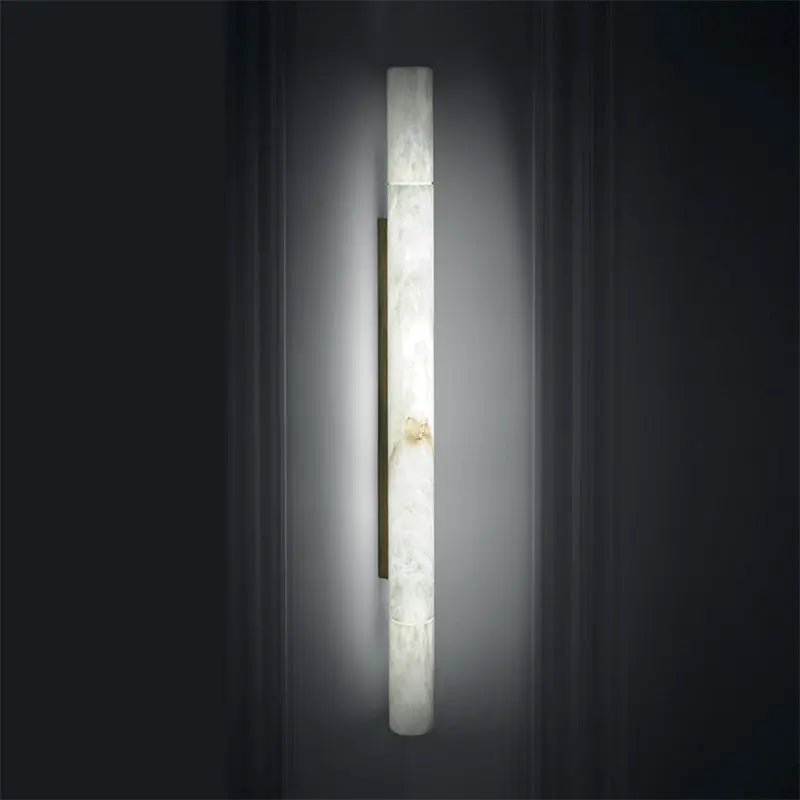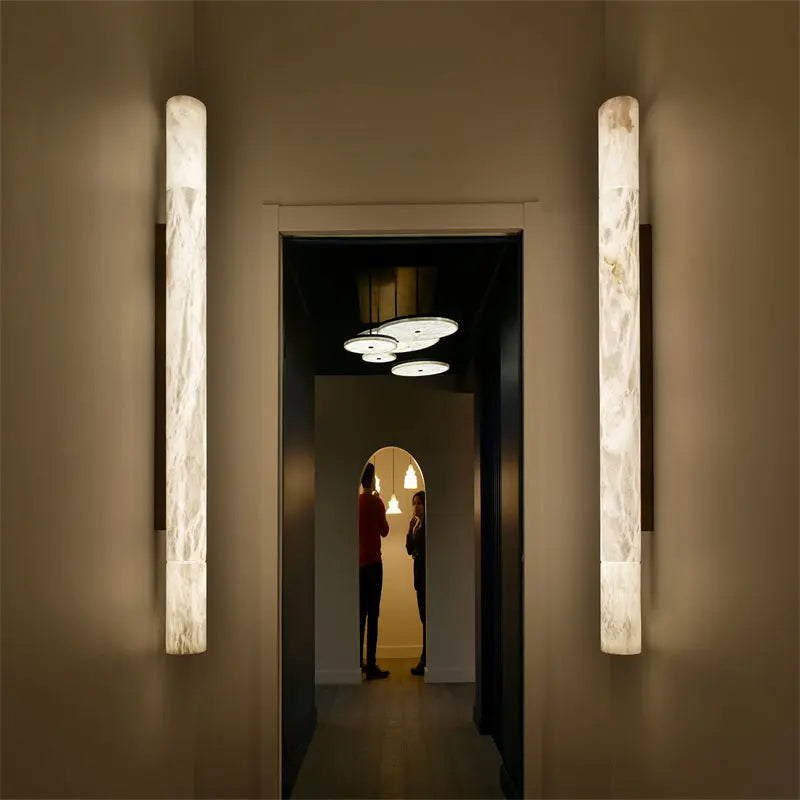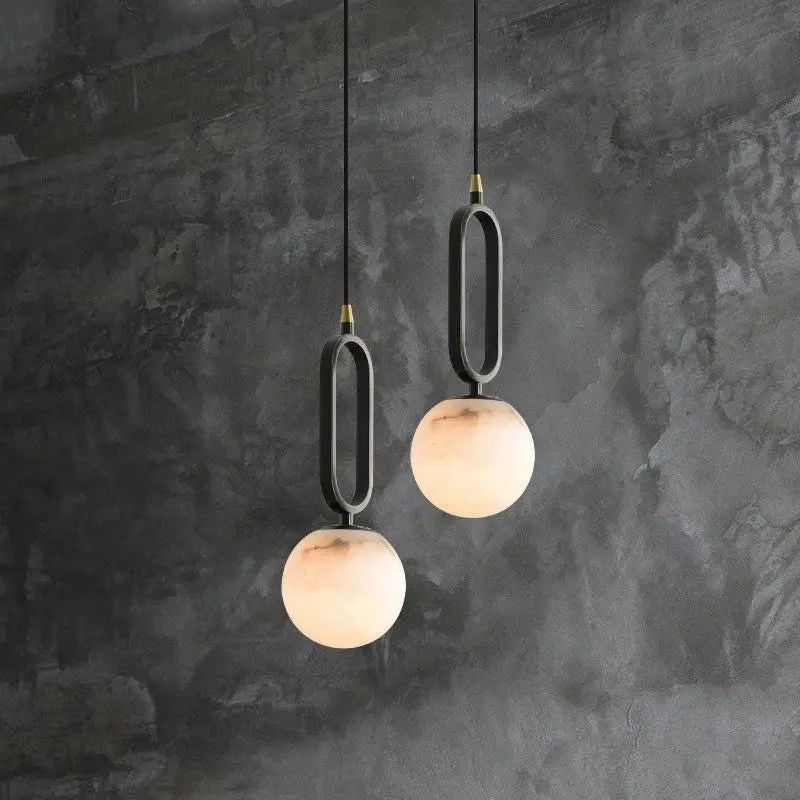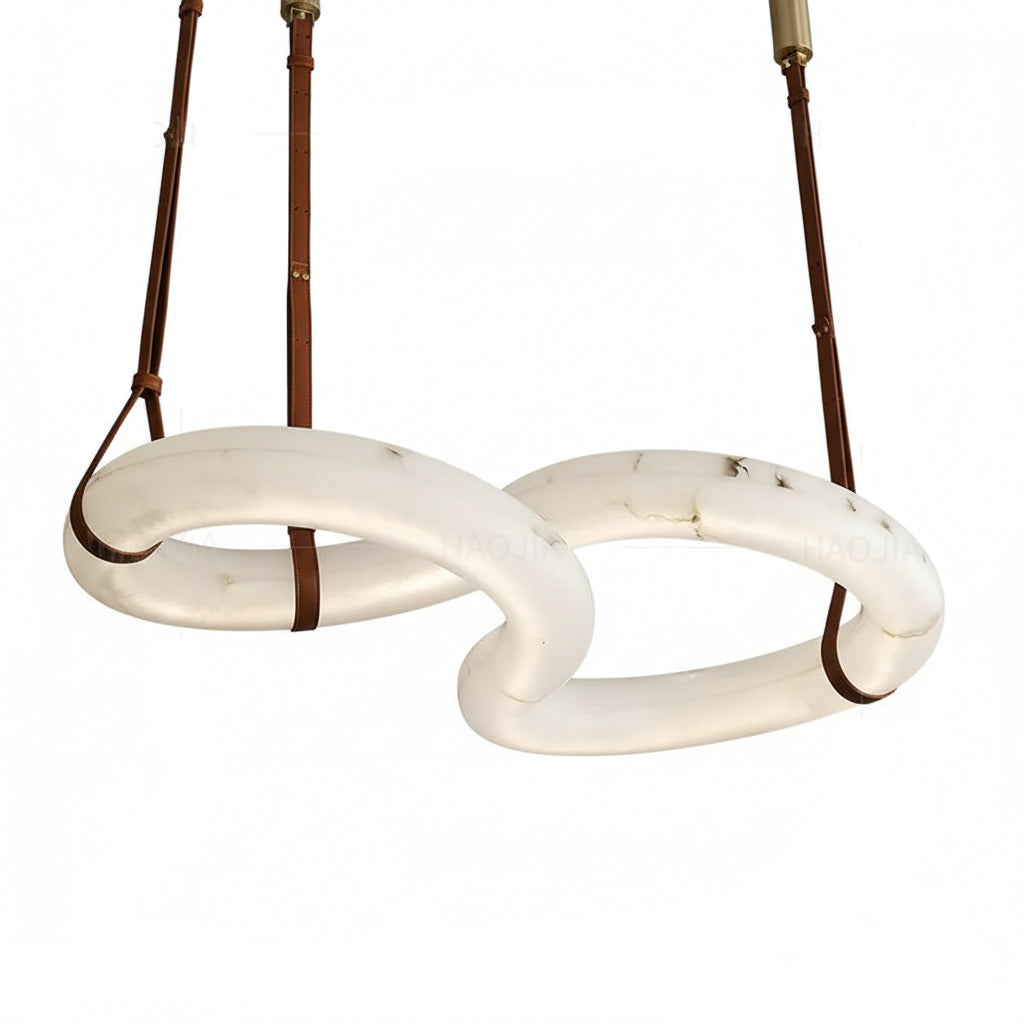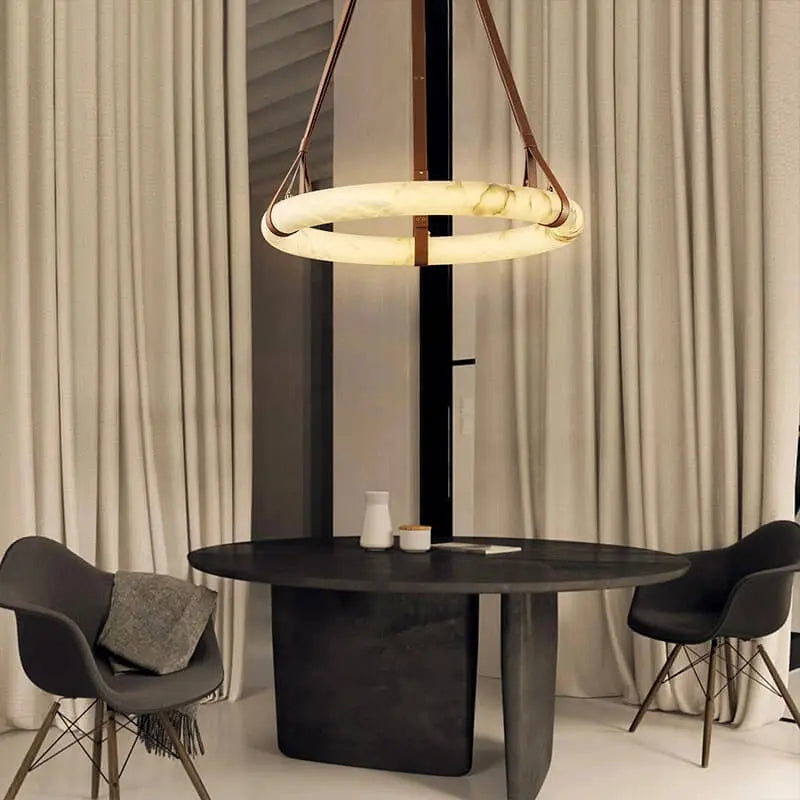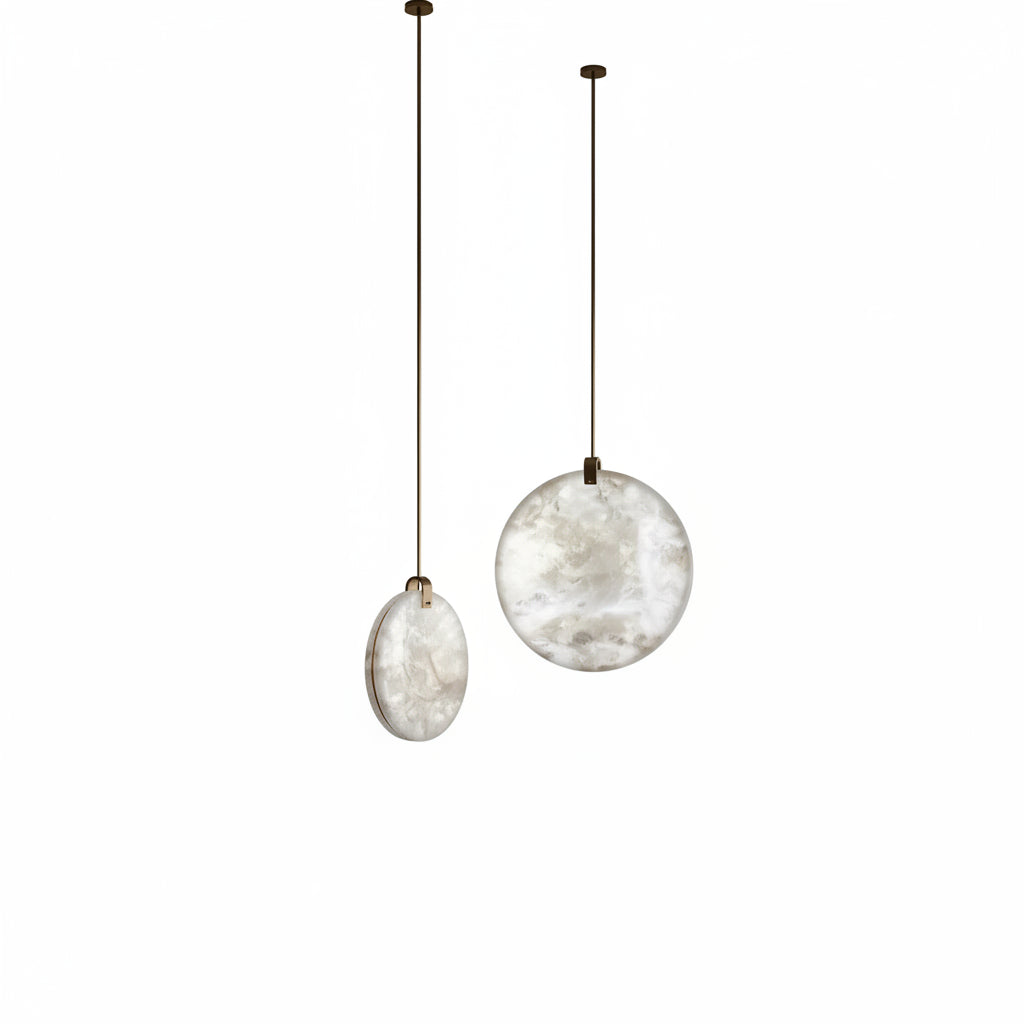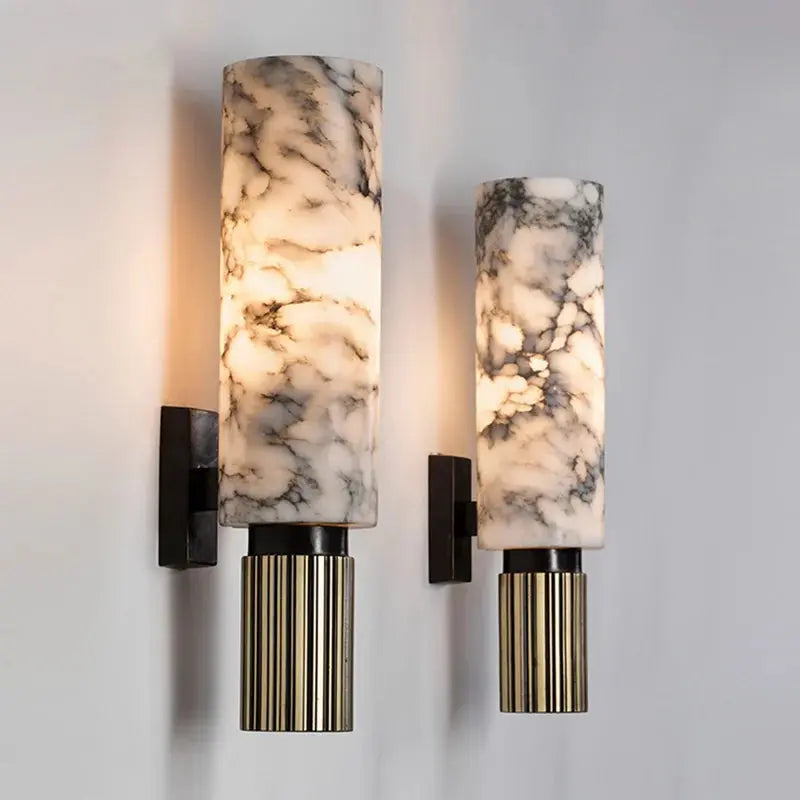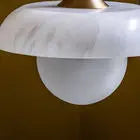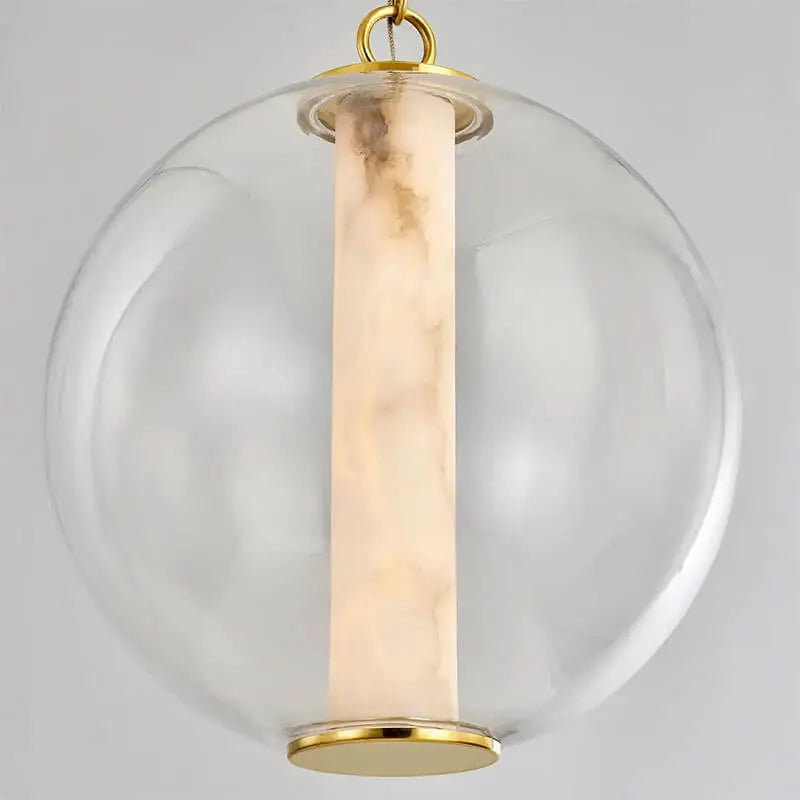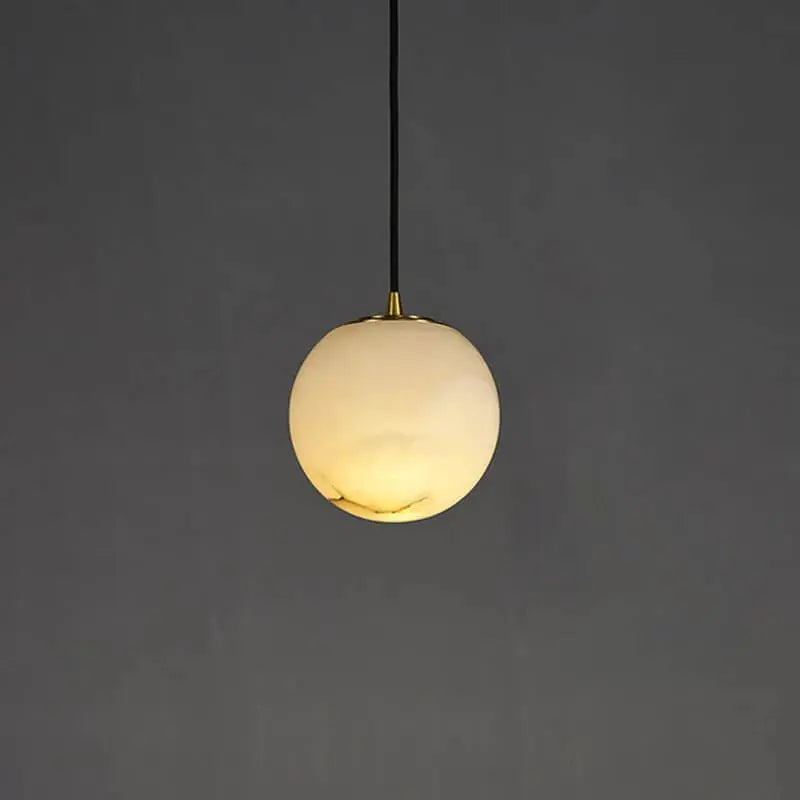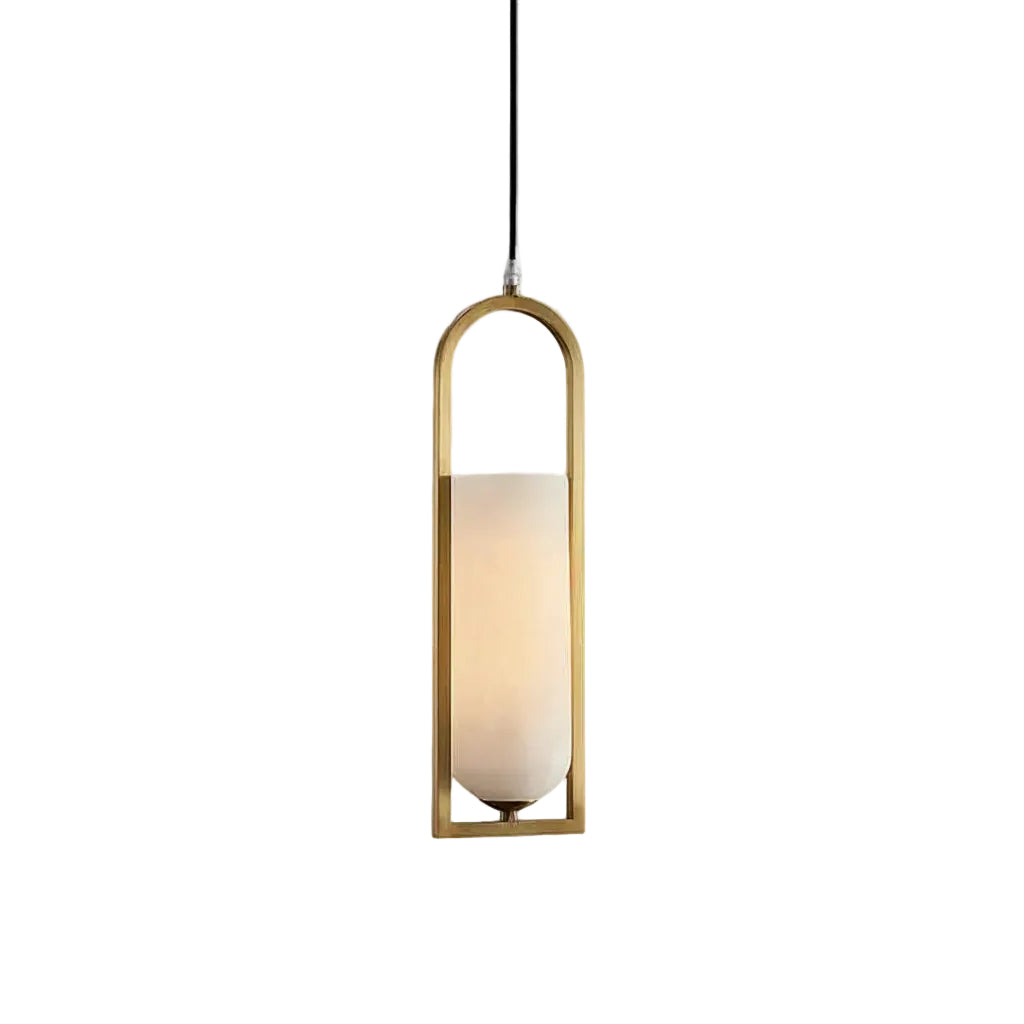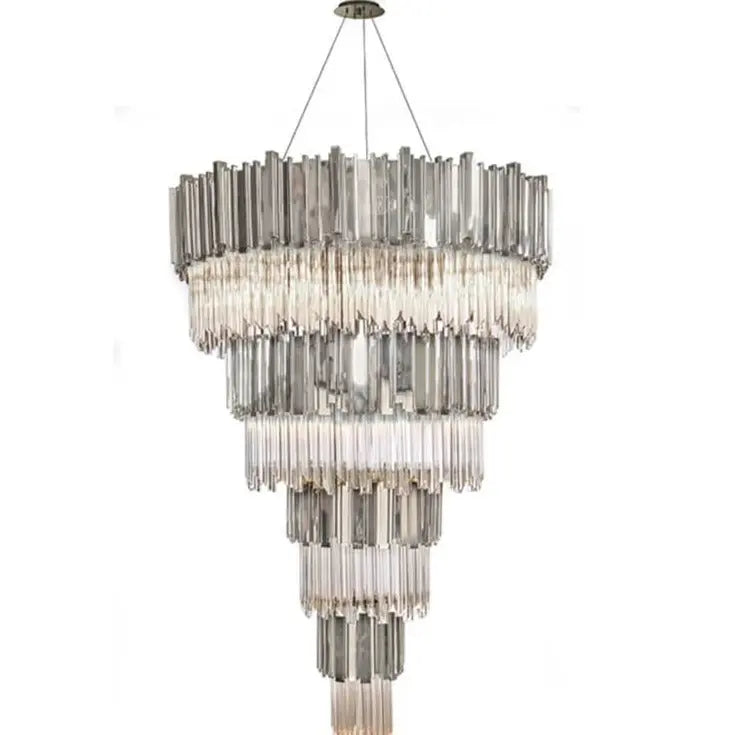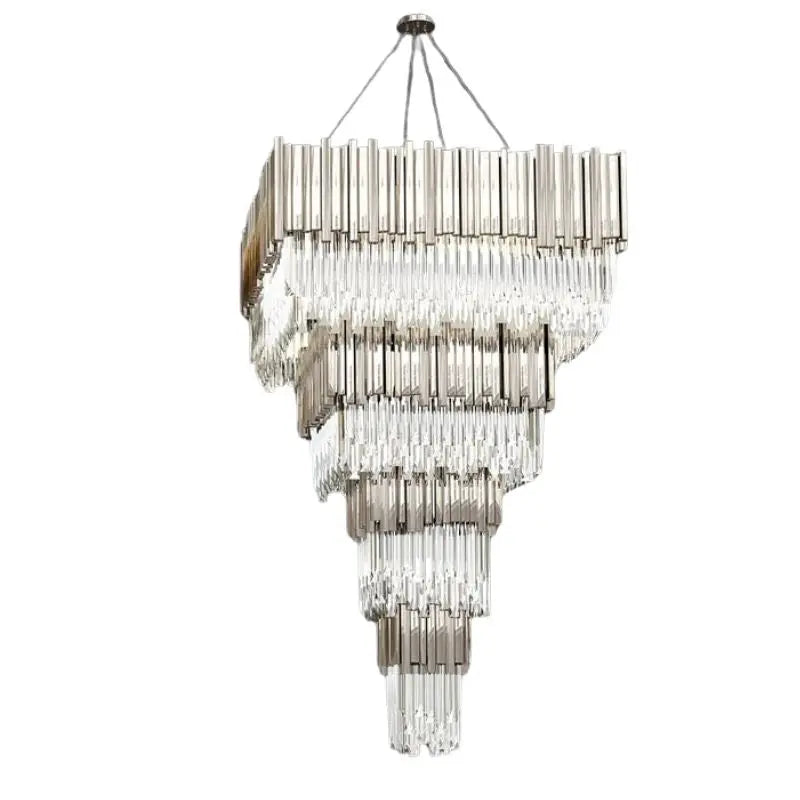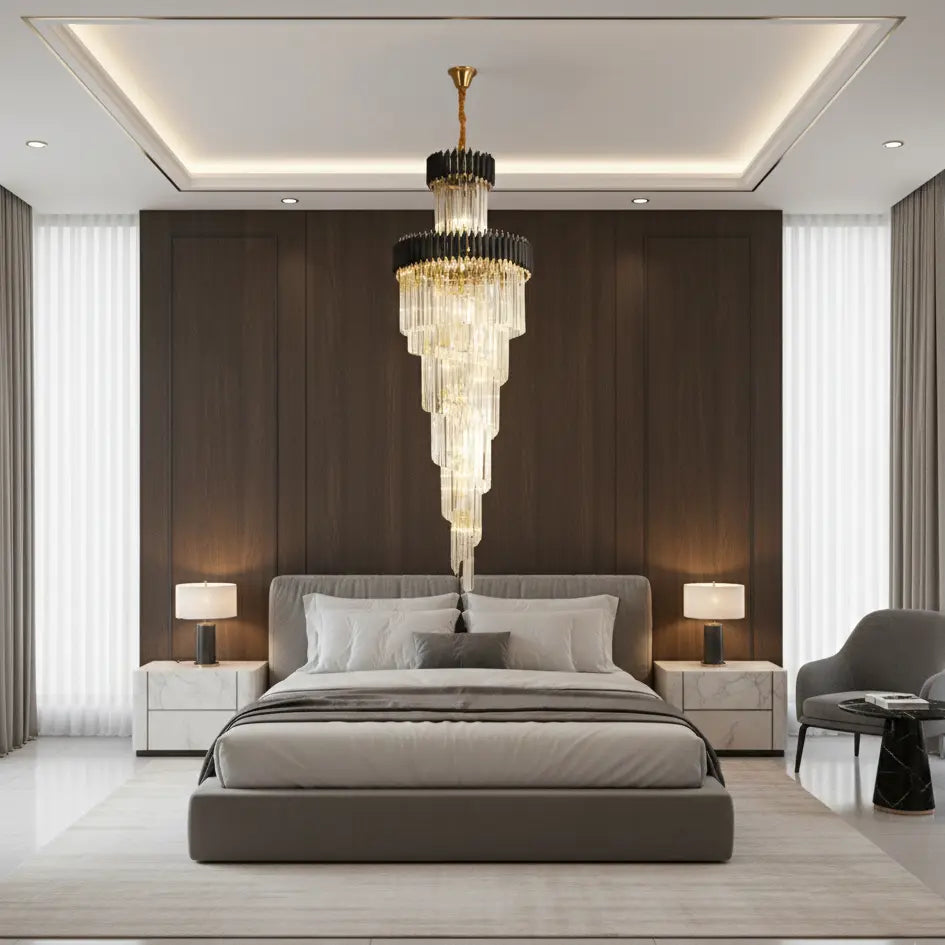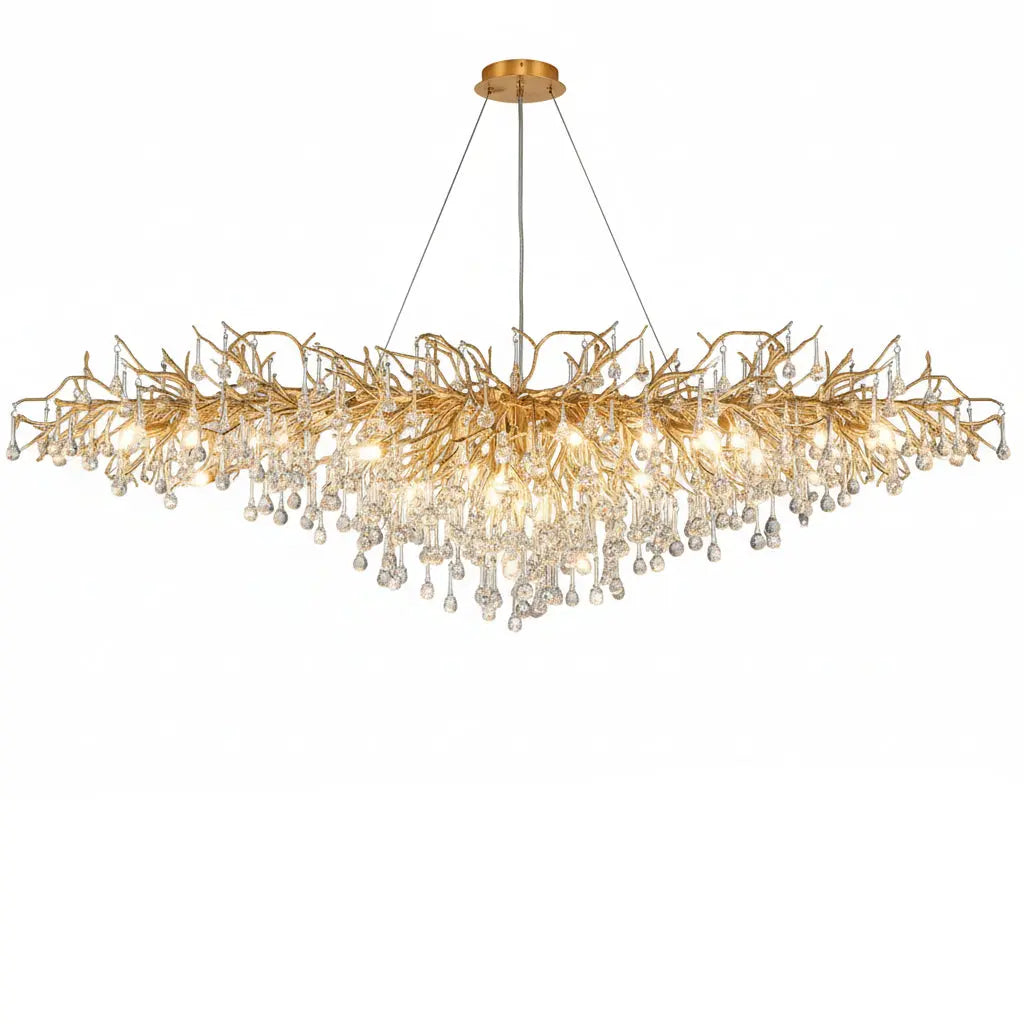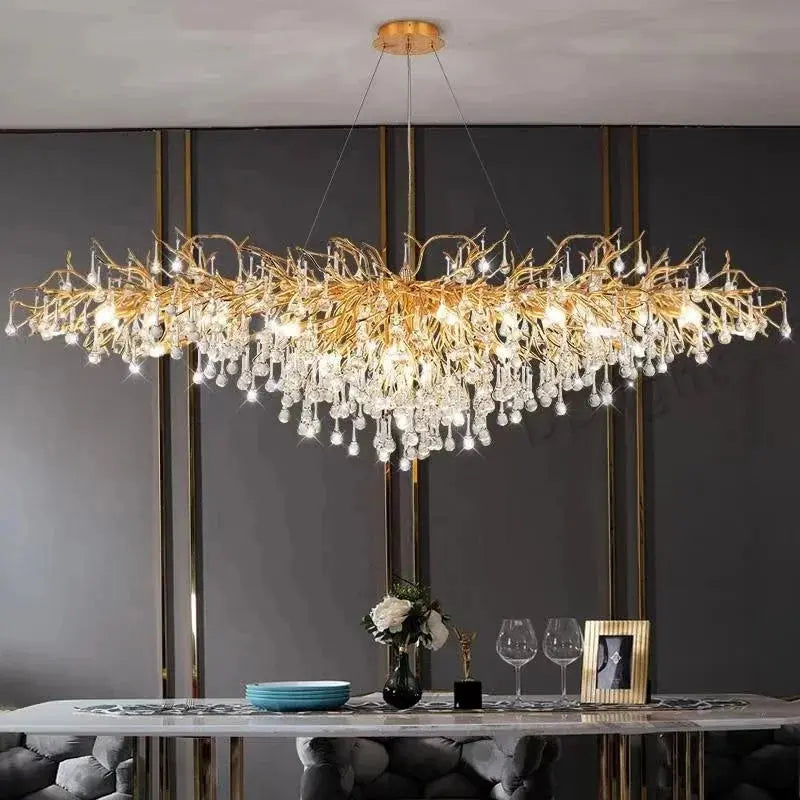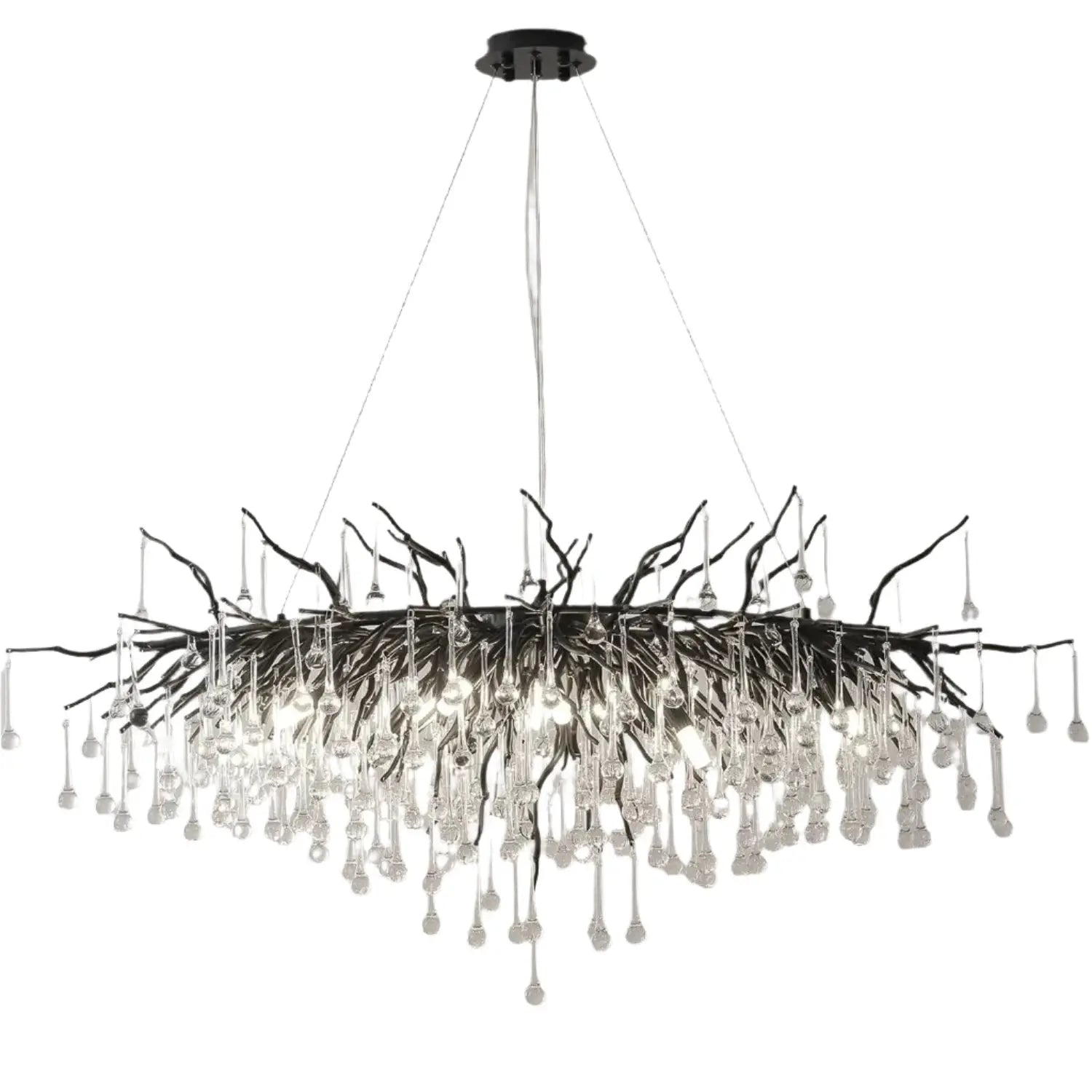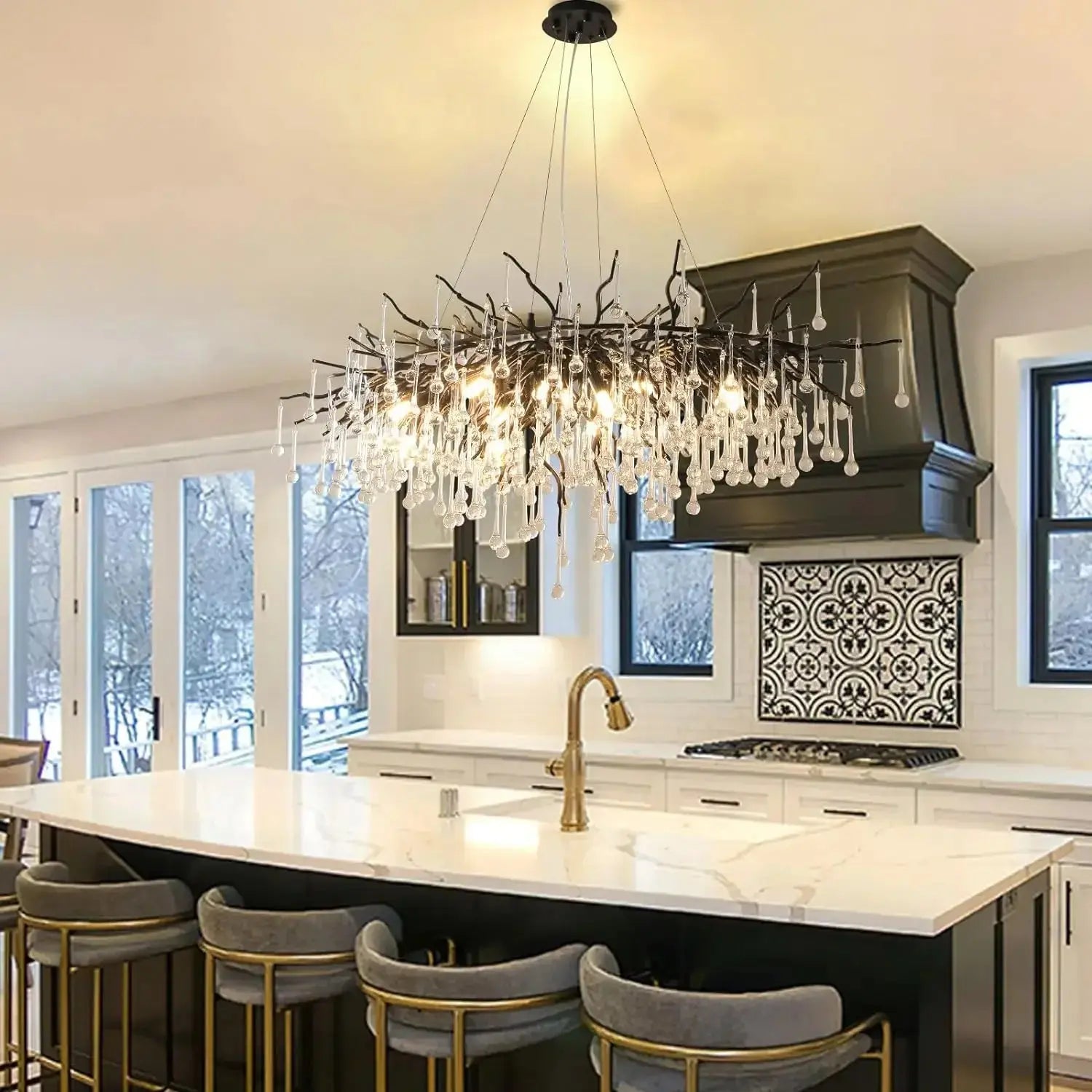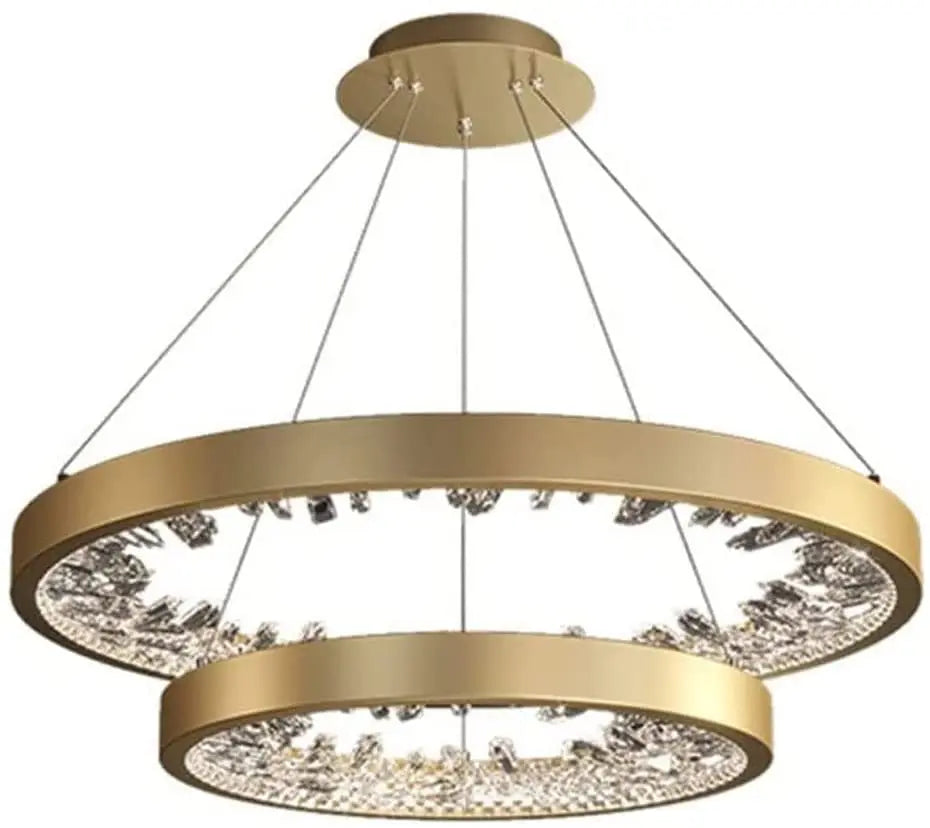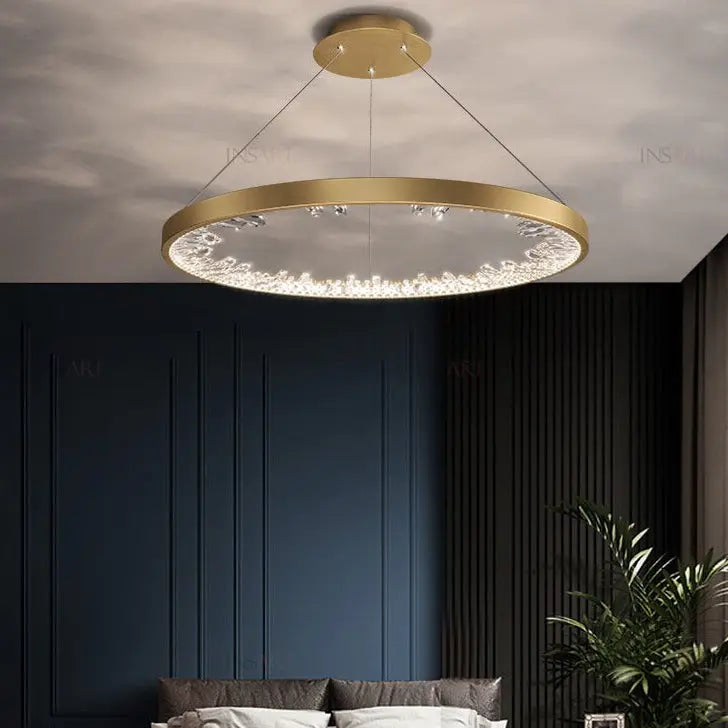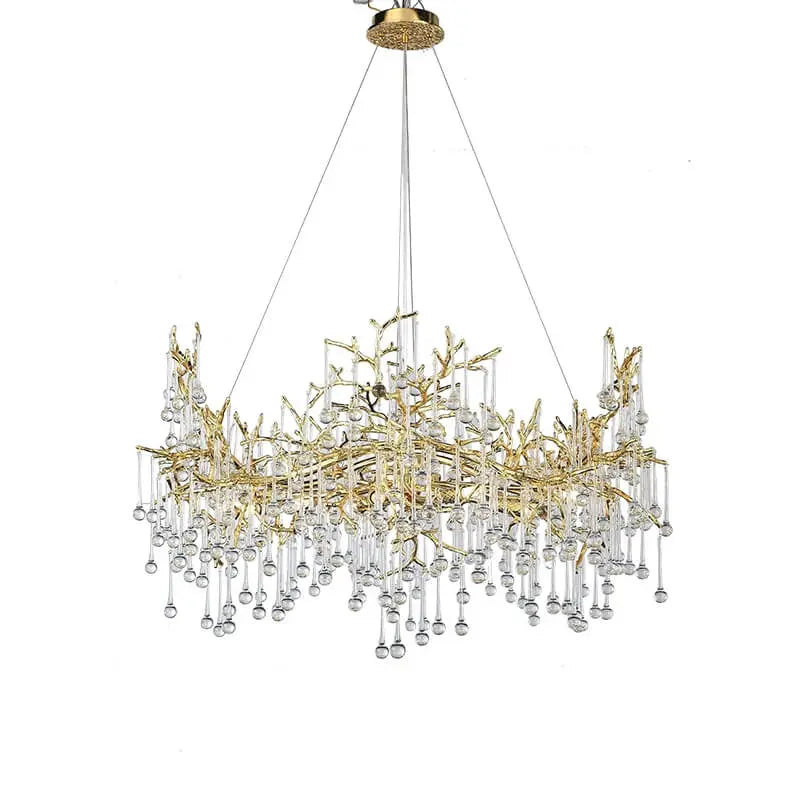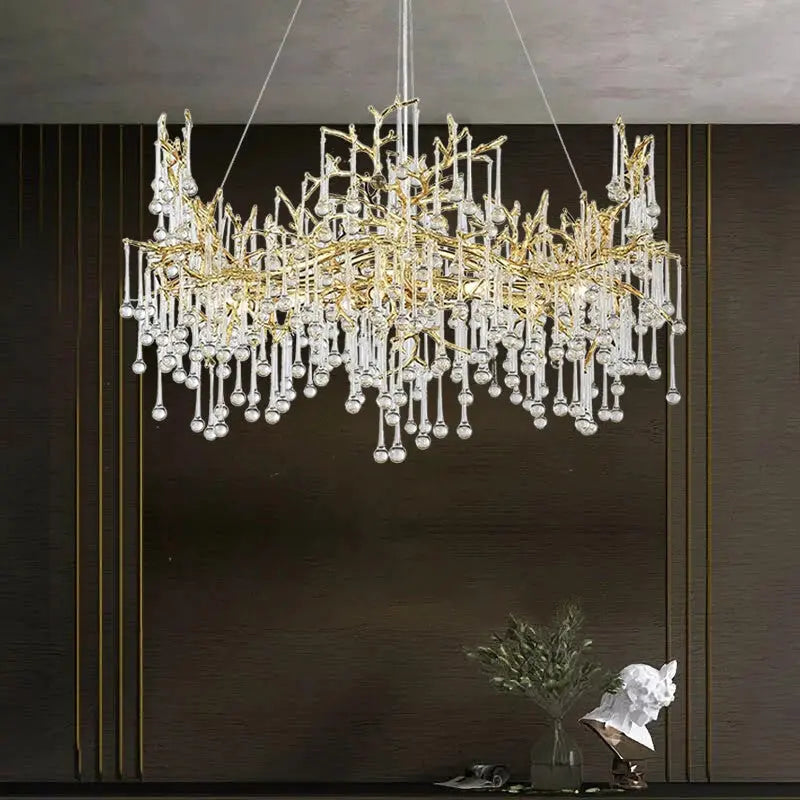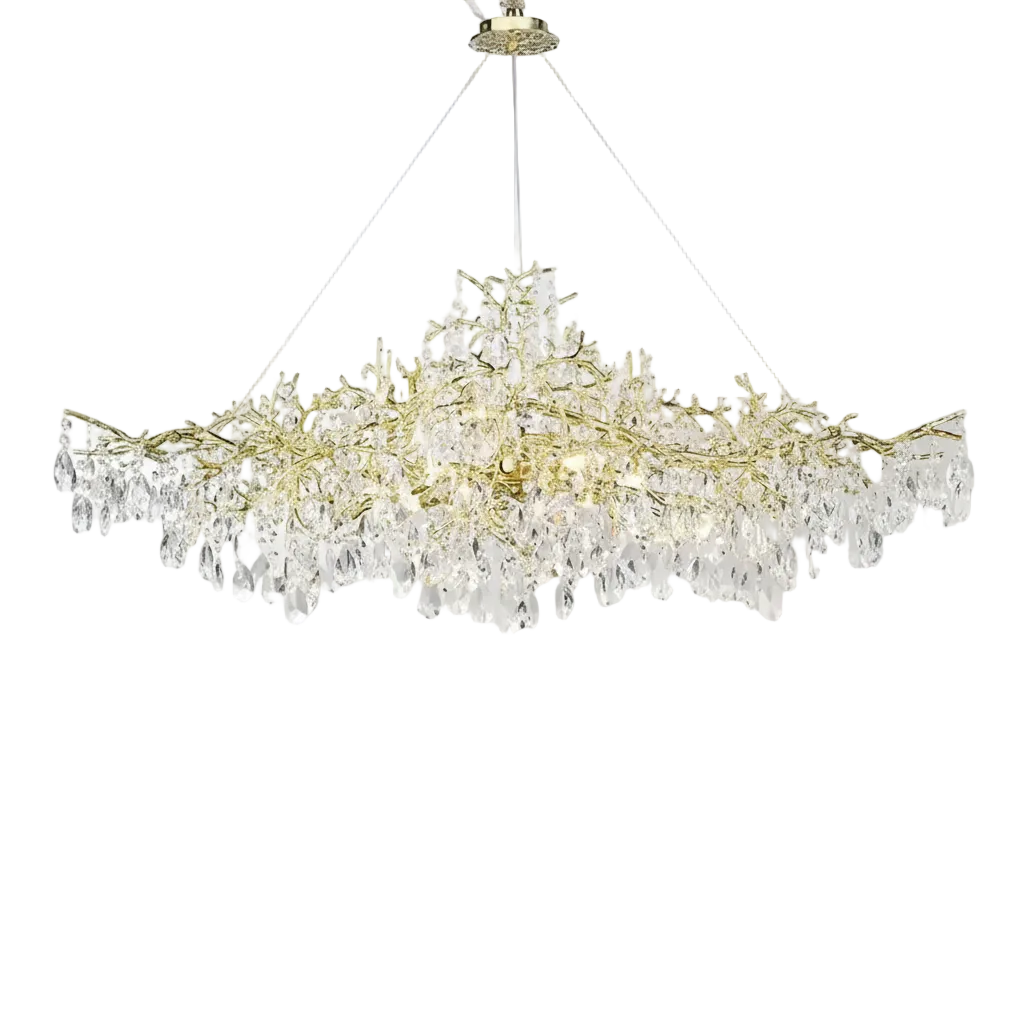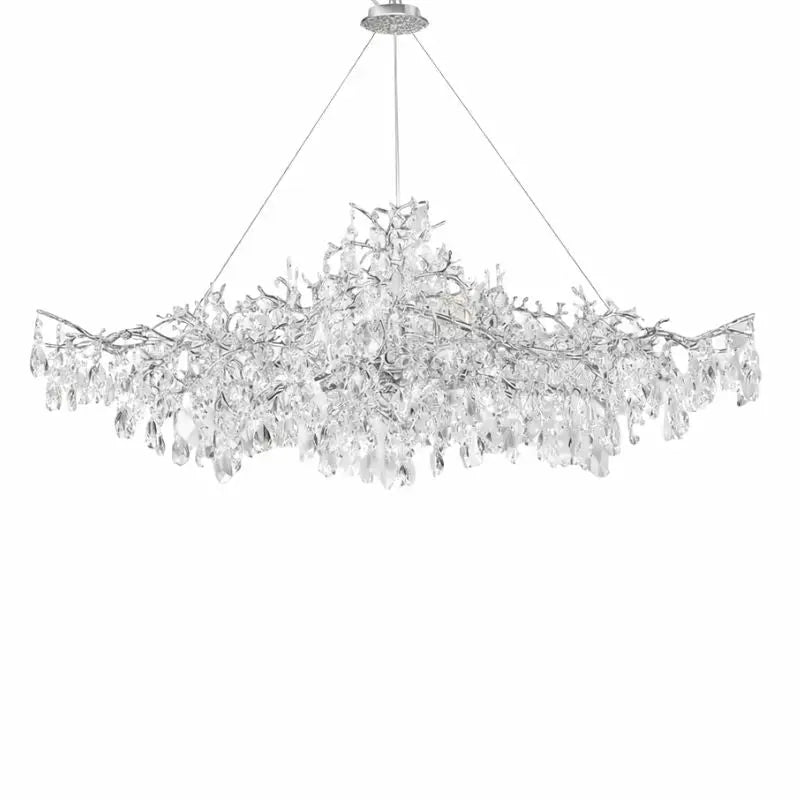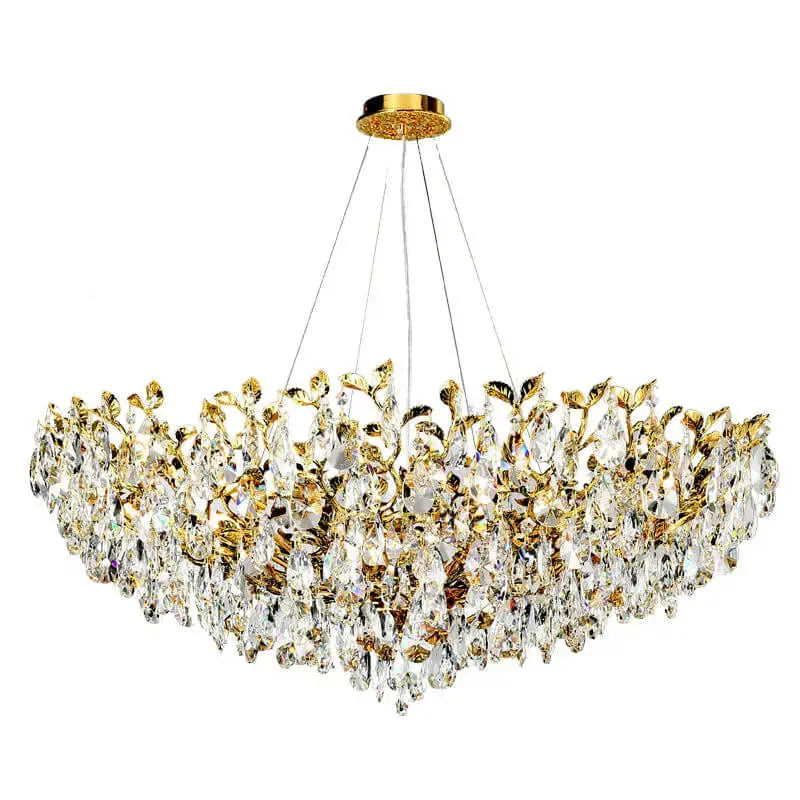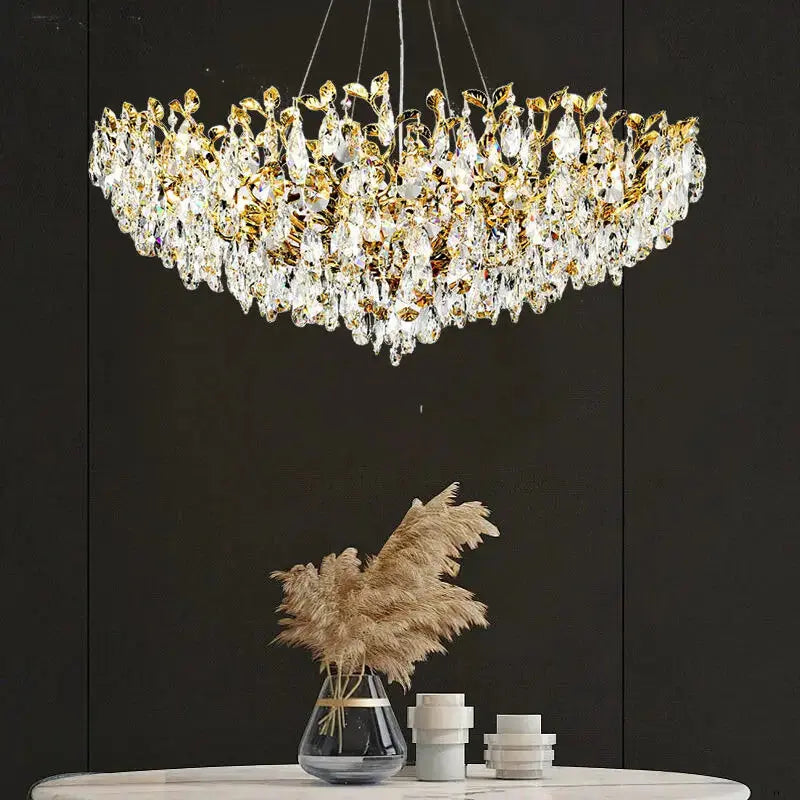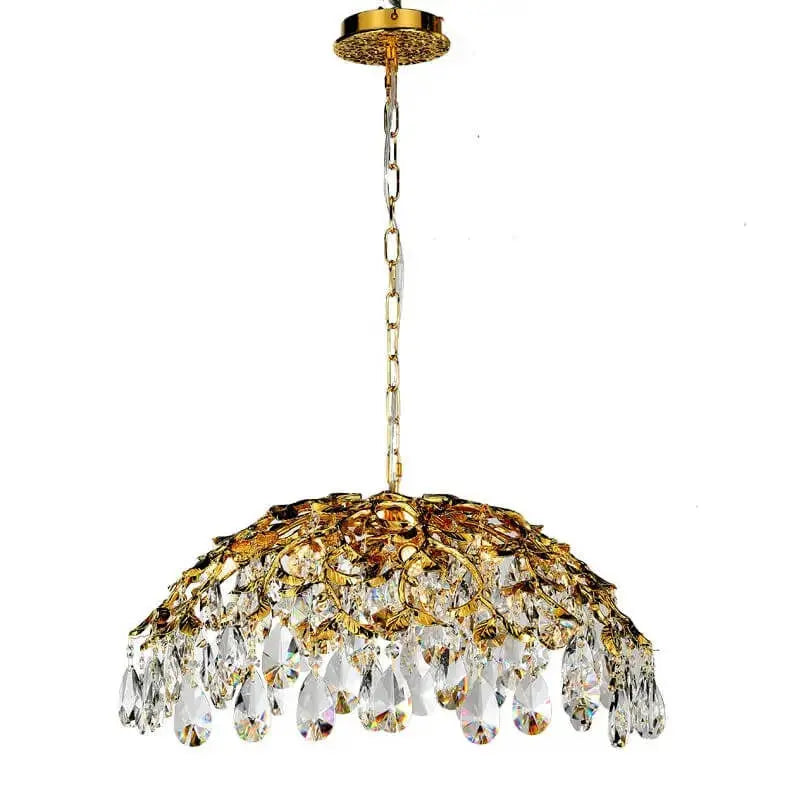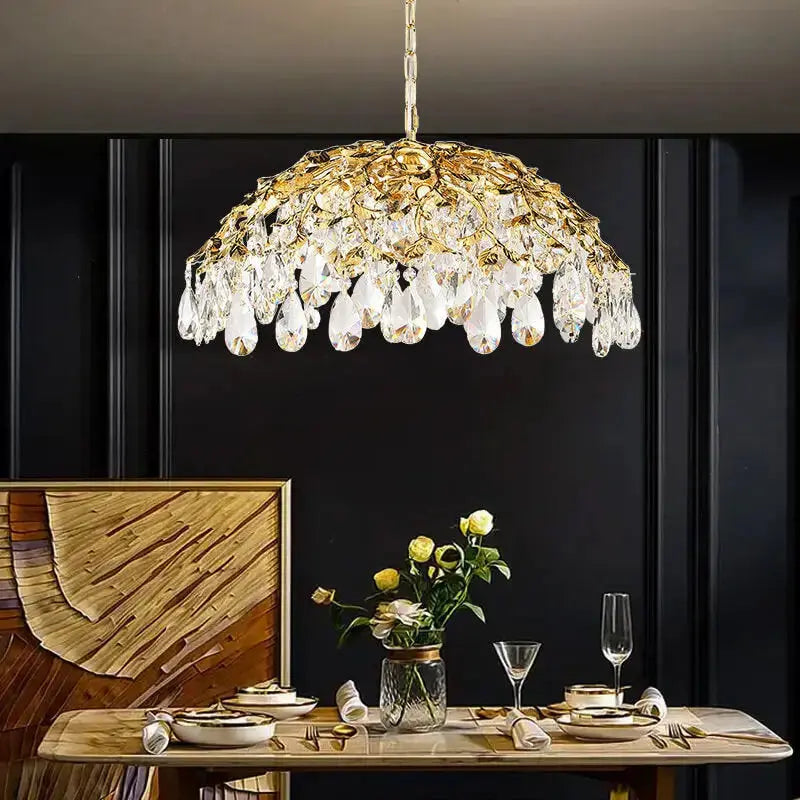Thinking about giving your place a bit of a makeover? Maybe something with a bit more flair? Victorian home decor, while it sounds fancy, can actually be really cozy and stylish. It's all about rich colors, comfy fabrics, and furniture that feels like it has a story. We're going to look at how to get that classic vibe without making your home feel like a dusty museum. It's about blending old-school charm with how we live today, making your space feel both elegant and totally yours.
Key Takeaways
- Use deep, rich colors like burgundy, emerald green, or deep blues for walls and accents. Mix these with softer neutrals to keep it from feeling too heavy.
- Think plush fabrics such as velvet, silk, or brocade for furniture upholstery and curtains. Layering different textures adds depth and warmth.
- Look for furniture with ornate details, like carved wood or tufted backs. Even a few well-chosen antique pieces can make a big difference.
- Lighting is important. Consider chandeliers, lamps with stained glass shades, or wall sconces that have a vintage feel to create a warm glow.
- Don't be afraid to mix old and new. Incorporate modern elements or keep some pieces simple to balance out the ornate Victorian home decor.
Embracing Victorian Home Decor Essentials

To really get that classic Victorian feel, you've got to think about the basics first. It’s all about creating a space that feels rich, layered, and a little bit dramatic. Don't be afraid of color and texture; that's where the magic happens.
Rich Color Palettes and Textures
Victorian interiors weren't shy about color. Think deep, saturated hues that create a sense of warmth and drama. Jewel tones like emerald green, sapphire blue, ruby red, and deep amethyst are perfect. You can also go for earthy tones like ochre, deep browns, and even muted burgundies. These colors work wonderfully on walls, whether painted or wallpapered. Speaking of wallpaper, intricate patterns were huge back then – florals, damasks, and even scenic prints. Don't feel like you have to stick to dark colors, though. Lighter, muted tones can also work, especially when paired with richer accent colors and plenty of texture.
- Deep jewel tones: Emerald, sapphire, ruby, amethyst.
- Earthy shades: Ochre, deep browns, muted burgundies.
- Patterned wallpaper: Florals, damasks, and scenic prints.
The key is to create a layered look where colors and patterns play off each other, adding depth and visual interest without feeling chaotic.
Luxurious Fabrics and Upholstery
When it comes to fabrics, Victorian style screams luxury. Velvet, brocade, damask, and silk were the go-to materials. These aren't just for fancy curtains; they're perfect for upholstery too. Imagine a deep red velvet armchair or a sofa covered in a rich brocade. Even smaller touches, like velvet cushions or silk throws, can make a big difference. These materials add a tactile quality to the room, making it feel more inviting and opulent. Choosing fabrics with a bit of sheen or a heavy drape really captures that Victorian grandeur. You can find some beautiful vintage-inspired fabrics that would fit right in.
Layered Textures for Depth
Layering is absolutely key to achieving that full, plush Victorian look. It’s not just about the fabrics you see, but also the ones you can feel. Mix and match different textures to create a sensory experience. Think heavy, ornate curtains paired with a soft, plush rug underfoot. Add embroidered cushions, a knitted throw, or even a tapestry on the wall. The goal is to make the room feel cozy and inviting, but also incredibly rich and detailed. Don't be afraid to combine different materials like smooth silks with rougher wools or heavily patterned brocades with simpler velvets. This interplay of textures is what gives a Victorian room its depth and character.
Ornate Furniture and Architectural Flourishes
When we talk about Victorian homes, the furniture and the very bones of the house are a big part of the story. It's not just about what you put in the room, but how the room itself is built and decorated.
Elegant Sofas and Chairs
Think of furniture that feels substantial and has a bit of flair. Victorian sofas and chairs often have deep buttoning, which gives them a lovely, tufted look. The wood used is usually dark and can have some really detailed carvings on it, like swirling patterns or floral designs. Arms might be curved, and the legs can be quite fancy too. These pieces are meant to be seen and felt, creating a sense of luxury and comfort. It's about finding items that have a strong presence and a story to tell.
Intricate Architectural Details
Beyond the furniture, the house itself often has special touches. Look for things like crown molding along the ceiling, or decorative trims around doorways and windows. Wainscoting, which is wood paneling on the lower part of the walls, was also very common. These details add a layer of sophistication and a sense of history to the space. They might be painted a crisp white or even a soft gold to really stand out.
Wainscoting and Decorative Trims
These architectural elements are key to that classic Victorian feel. Wainscoting can come in various styles, from simple raised panels to more elaborate carved designs. Decorative trims, often called 'molding' or 'cornices', frame the edges of rooms, doorways, and windows. They can be quite ornate, with intricate patterns that catch the light. Pairing these with rich wallpaper really makes them pop.
Here's a quick look at some common features:
- Wainscoting: Wood paneling, often on the lower half of walls.
- Crown Molding: Decorative trim where the walls meet the ceiling.
- Picture Rails: A molding strip around the room, often used for hanging artwork.
- Door and Window Casings: Ornate frames around openings.
These architectural details are like the jewelry of a Victorian home. They might seem small, but they make a huge difference in the overall look and feel, adding character and a sense of craftsmanship that's hard to replicate.
Illuminating Your Victorian Space

Victorian-Inspired Lighting Fixtures
Lighting is a big deal when you're going for that Victorian vibe. It's not just about seeing; it's about setting a mood. Think grand chandeliers, maybe with some crystal bits or fancy brass details, that really catch the eye. Then you've got wall sconces, which are like little pieces of art for your walls, adding a touch of class. And don't forget table lamps, especially ones with stained glass shades. They cast this warm, inviting light that just makes you want to curl up with a book. These aren't just lights; they're statement pieces that really pull the whole room together.
Creating Ambiance with Light
Beyond just picking out pretty fixtures, how you use light makes a huge difference. Natural light is your friend here. If your Victorian home has big windows, try to let that light in as much as possible. Sheer curtains can help with privacy while still letting the sun do its thing. For evening, layering your lighting is key. You want a mix of ambient light (like from a chandelier), task lighting (maybe a reading lamp), and accent lighting (like a small lamp on a side table). Candles can also add a lovely, soft glow for special occasions. It's all about creating a warm, cozy, and a little bit dramatic atmosphere. You want your space to feel inviting, not stark.
Think about how the light falls in the room. Soft, diffused light is generally better than harsh, direct light for achieving that classic Victorian feel. It's about creating a sense of depth and warmth, making the space feel lived-in and comfortable.
Accessorizing with Victorian Charm
Adding those special touches is what really makes a Victorian home feel complete. It's all about the details that tell a story and bring a sense of history into your space. Think of these elements as the jewelry for your home – they add sparkle and personality.
Accentuating with Antiques
Scouring antique shops or flea markets can be a treasure hunt for unique finds. Look for items that speak to you, whether it's a delicate porcelain figurine, a vintage music box, or a set of ornate silver spoons. These pieces aren't just decorative; they carry a past and add a layer of authenticity. Even small items, like old picture frames or decorative boxes, can make a big difference.
Statement Flooring Choices
Flooring in a Victorian home often plays a supporting role, but it can also be a star. Consider intricate tile patterns for entryways or kitchens, perhaps with geometric designs or floral motifs. In living areas, a rich, dark wood floor is classic, but you can add warmth and pattern with a Persian or Oriental rug. These rugs, with their complex designs and deep colors, echo the ornate aesthetic of the era.
Here's a quick look at some popular flooring options:
| Flooring Type | Common Victorian Use | Notes |
|---|---|---|
| Hardwood | Living rooms, dining rooms | Often dark stained, can be polished to a high sheen. |
| Tile | Entryways, kitchens, bathrooms | Ceramic or encaustic tiles with patterns are common. |
| Carpet | Bedrooms, parlors | Rich colors and patterns, often with fringe. |
Balancing Ornamentation
Victorian style is known for its abundance of decorative elements, but it's important to find a balance. Too much can feel overwhelming, while too little might miss the mark. The key is to select pieces that complement each other rather than compete. A well-accessorized Victorian room feels rich and inviting, not cluttered. Group smaller items together on shelves or mantels to create curated vignettes. Don't be afraid to mix textures and materials – think velvet cushions on a wooden chair, or a brass lamp on a marble-topped table.
When choosing accessories, think about creating focal points. A large, ornate mirror can reflect light and make a room feel bigger, while a collection of framed botanical prints can add a touch of nature and color. It's about thoughtful placement and a cohesive feel.
Modern Touches for Timeless Victorian Home Decor
Blending Historical Charm with Contemporary Flair
Bringing Victorian elegance into your home doesn't mean you have to live in a museum. It's all about finding that sweet spot where the old meets the new. Think of it like this: you love the intricate details and rich feel of Victorian style, but you also appreciate clean lines and a bit of breathing room. So, how do you get that? Start by picking just a few key Victorian elements. Maybe it's a plush velvet sofa in a deep jewel tone, or perhaps some ornate picture frames for your walls. You don't need to go all out. The trick is to let these classic pieces shine against a more neutral, modern backdrop. This contrast makes both the old and new elements stand out. For instance, a dark, carved wood side table looks amazing next to a sleek, minimalist armchair. It’s about creating a dialogue between eras, not a competition.
Customizable Pieces for Personal Style
Victorian decor often feels very grand, but making it feel like your home is important. That's where customization comes in. Instead of trying to find exact replicas of antique furniture, look for pieces that have that Victorian vibe but can be adapted. For example, you might find a sofa with classic lines that you can then upholster in a modern fabric, like a textured linen or a subtle geometric pattern. This way, you get the silhouette you love without the heavy, dated look. It’s also a great way to inject your own personality. Think about adding some unique accessories that speak to you. Maybe it's a collection of modern art displayed in antique frames, or a few carefully chosen vintage-inspired outdoor lamps that add a touch of old-world charm to your garden. These personal touches are what truly make a house feel like a home, blending historical charm with your own contemporary life.
Bringing Victorian Charm Home
So, there you have it. Creating a home with that classic Victorian feel isn't about making it look like a museum. It's more about picking out the bits you love – maybe it's the rich colors, the comfy velvet furniture, or those cool old-fashioned light fixtures. You can totally mix these older styles with what you already have to make it feel like your own space. It’s about making your home feel warm and fancy, all at the same time. Don't be afraid to play around with different textures and patterns; that's where the real magic happens. In the end, it’s your house, so make it feel like home, just with a little extra old-world charm.
Frequently Asked Questions
What are the main colors used in Victorian decor?
Victorian homes often use deep, rich colors like burgundy, emerald green, and royal blue. These bold shades can make a room feel cozy. Sometimes, lighter colors like cream or gray are mixed in to balance the look.
What kind of furniture fits a Victorian style?
Think furniture with fancy details, like carved wood and soft, plush fabrics such as velvet. Sofas with deep buttons and chairs with elegant shapes are great choices. Dark wood is common, and pieces often have intricate designs.
How can I make my Victorian room feel layered and textured?
Layering textures means mixing different materials. You can use soft rugs with heavy curtains, or add velvet pillows and patterned throws. The goal is to make the room feel inviting and rich to the touch.
What kind of lighting should I use for a Victorian look?
Victorian-style lighting often includes chandeliers with sparkling crystals or brass details. Wall lights with fancy designs and table lamps with stained glass shades also fit well. These lights add a warm glow and look like decorative pieces themselves.
Is it okay to mix Victorian style with modern furniture?
Yes, absolutely! Mixing old and new is a great way to create a unique look. You can pair a fancy Victorian sofa with a simpler, modern coffee table. This helps keep the room from feeling too old-fashioned and adds your personal touch.
What are some key architectural details in Victorian homes?
Victorian homes often have decorative moldings around ceilings and doors, called crown molding. Wainscoting, which is wood paneling on the lower part of walls, is also common. These details add a lot of character and a sense of history.


